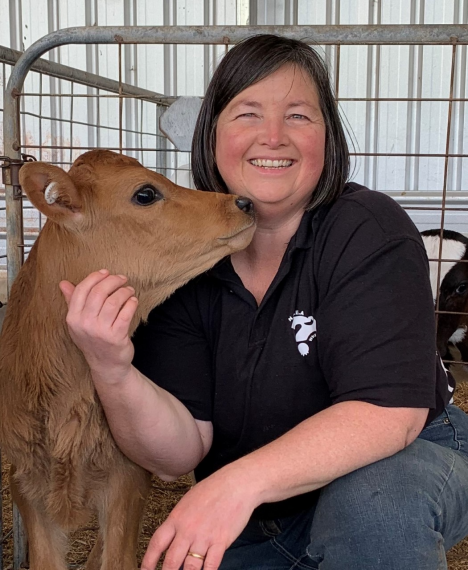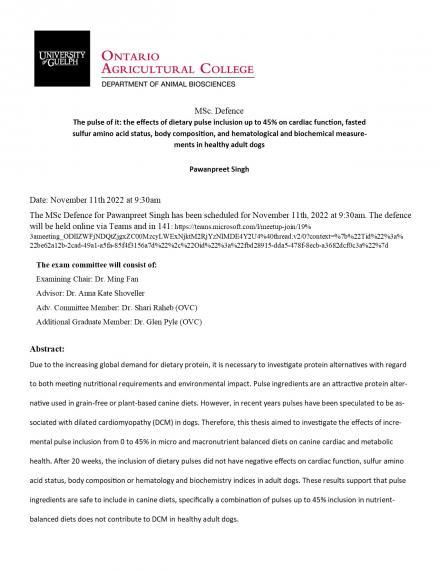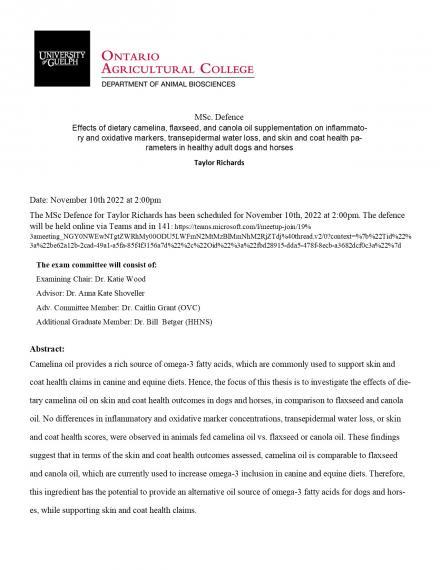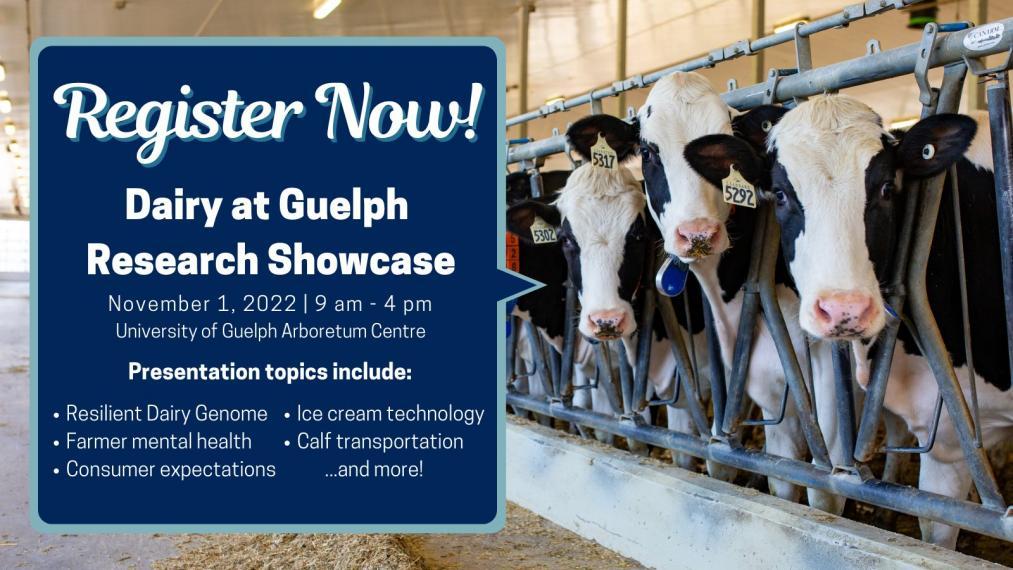
CGIL Seminar - "The genetics of listening"
Good afternoon CGIL,
We are happy to have with us Michelle Axford, a PhD candidate at La Trobe University, to present this Friday, November 11th, 2022. The seminar will begin at 1:30 PM EDT/EST on the virtual platform Microsoft Teams. The title of the presentation is: "The genetics of listening".






